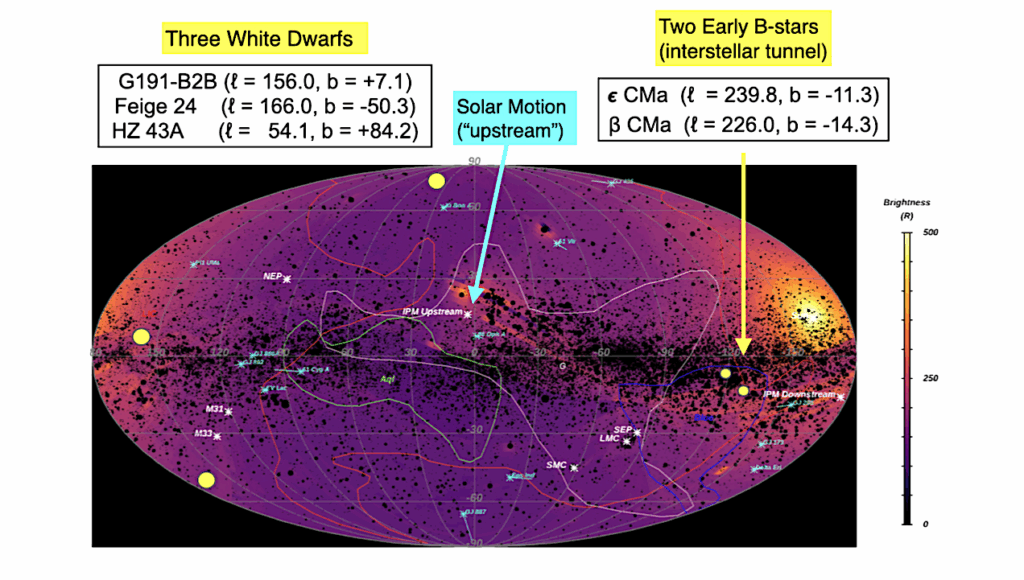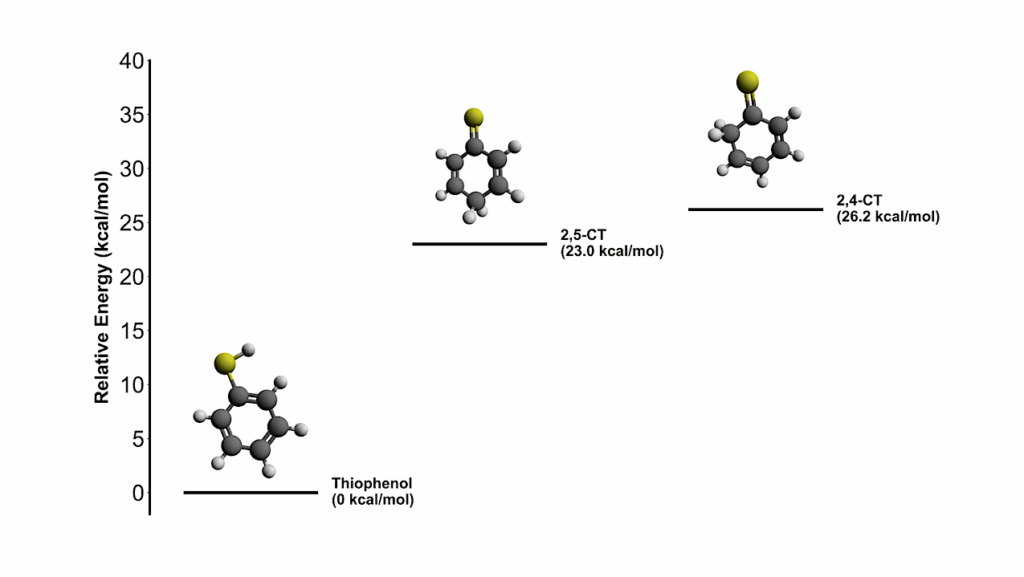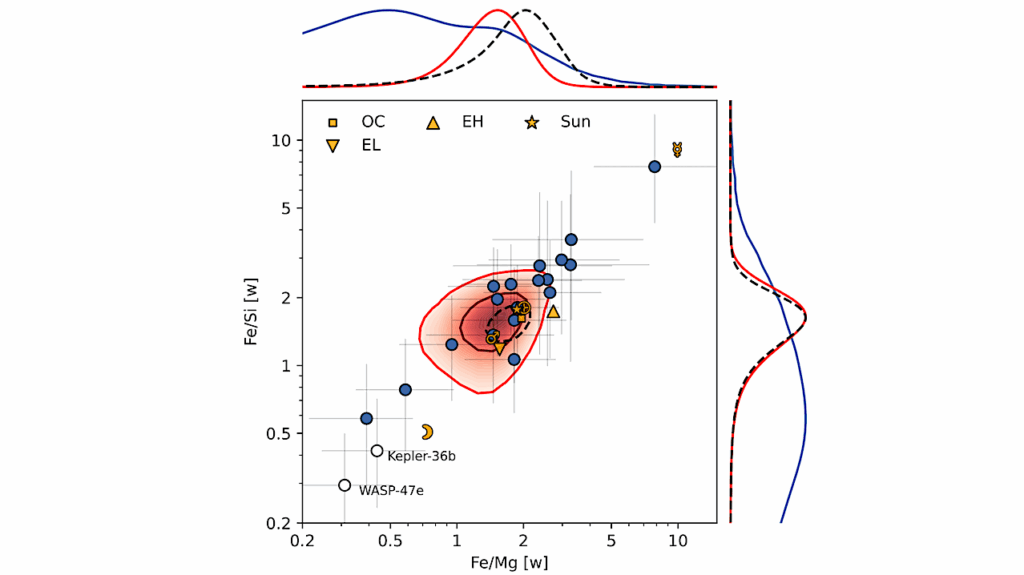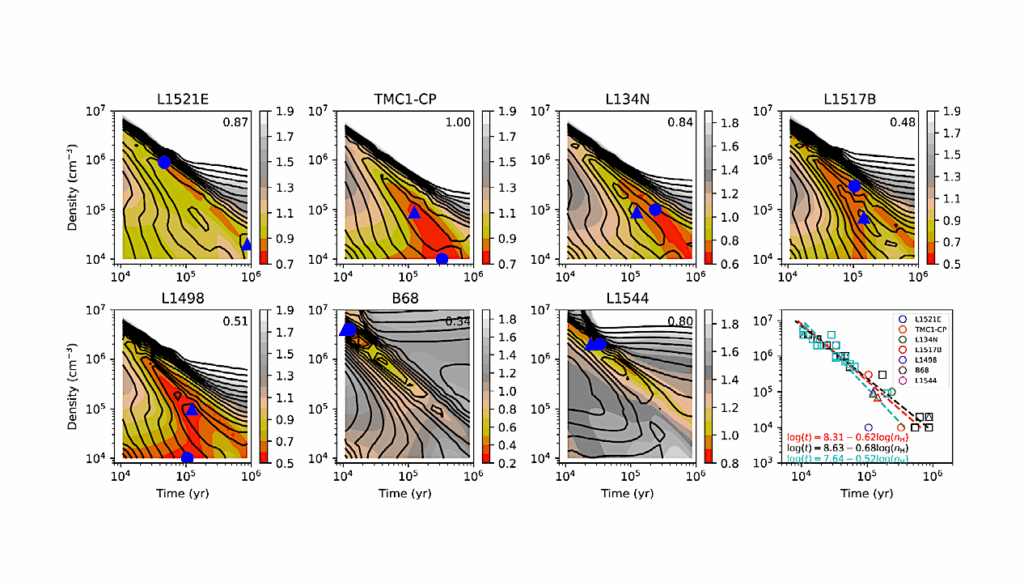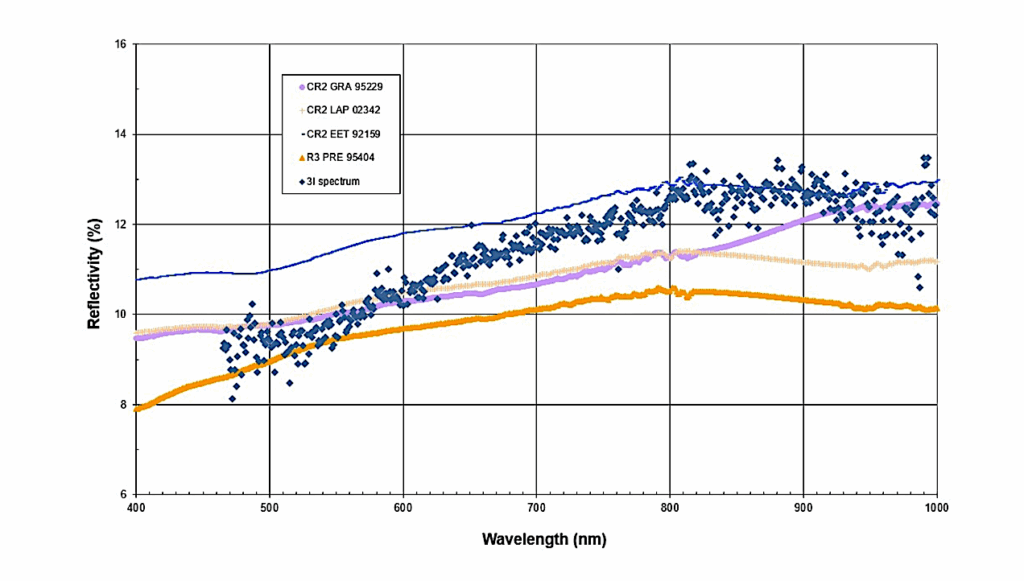The CARMENES Search For Exoplanets Around M Dwarfs. Variability On Long Timescales As Seen In Chromospheric Indicators

It is clearly established that the Sun has an 11-year cycle that is caused by its internal magnetic field. This cycle is also observed in a sample of M dwarfs.
In the framework of exoplanet detection or atmospheric characterisation of exoplanets, the activity status of the host star plays a crucial role, and inactive states are preferable for such studies. This means that it is important to know the activity cycles of these stars. We study systematic long-term variability in a sample of 211 M dwarfs observed with CARMENES, the high-resolution optical and near-infrared spectrograph at Calar Alto Observatory.
In an automatic search using time series of different activity indicators, we identified 26 stars with linear or quadratic trends or with potentially cyclic behaviour. Additionally, we performed an independent search in archival R′HK data collected from different instruments whose time baselines were usually much longer. These data are available for a subset of 186 of our sample stars. Our search revealed 22 cycle candidates in the data.
We found that the percentage of stars showing long-term variations drops dramatically to the latest M dwarfs. Moreover, we found that the pseudo-equivalent width (pEW) of the Hα and Ca ii infrared triplet more often triggers automatic detections of long-term variations than the TiO index, differential line width, chromatic index, or radial velocity. This is in line with our comparison of the median relative amplitudes of the different indicators. For stars that trigger our automatic detection, this leads to the highest amplitude variation in R′HK, followed by pEW(Hα), pEW(Ca ii IRT), and the TiO index.
B. Fuhrmeister, S. Czesla, V. Perdelwitz, E. Nagel, J.H.M.M. Schmitt, S.V. Jeffers, J. A. Caballero, M. Zechmeister, D. Montes, A. Reiners, Á. López-Gallifa, I. Ribas, A. Quirrenbach, P. J. Amado, D. Galadí-Enríquez, V. J. S. Béjar, C. Danielski, A. P. Hatzes, A. Kaminski, M. Kürster, J. C. Morales, M. R. Zapatero Osorio
Comments: Accepted to A&A, 16 pages, 12 figures
Subjects: Solar and Stellar Astrophysics (astro-ph.SR); Earth and Planetary Astrophysics (astro-ph.EP)
Cite as: arXiv:2212.03514 [astro-ph.SR] (or arXiv:2212.03514v1 [astro-ph.SR] for this version)
https://doi.org/10.48550/arXiv.2212.03514
Focus to learn more
Submission history
From: Birgit Fuhrmeister
[v1] Wed, 7 Dec 2022 08:39:05 UTC (913 KB)
https://arxiv.org/abs/2212.03514
Astrobiology


